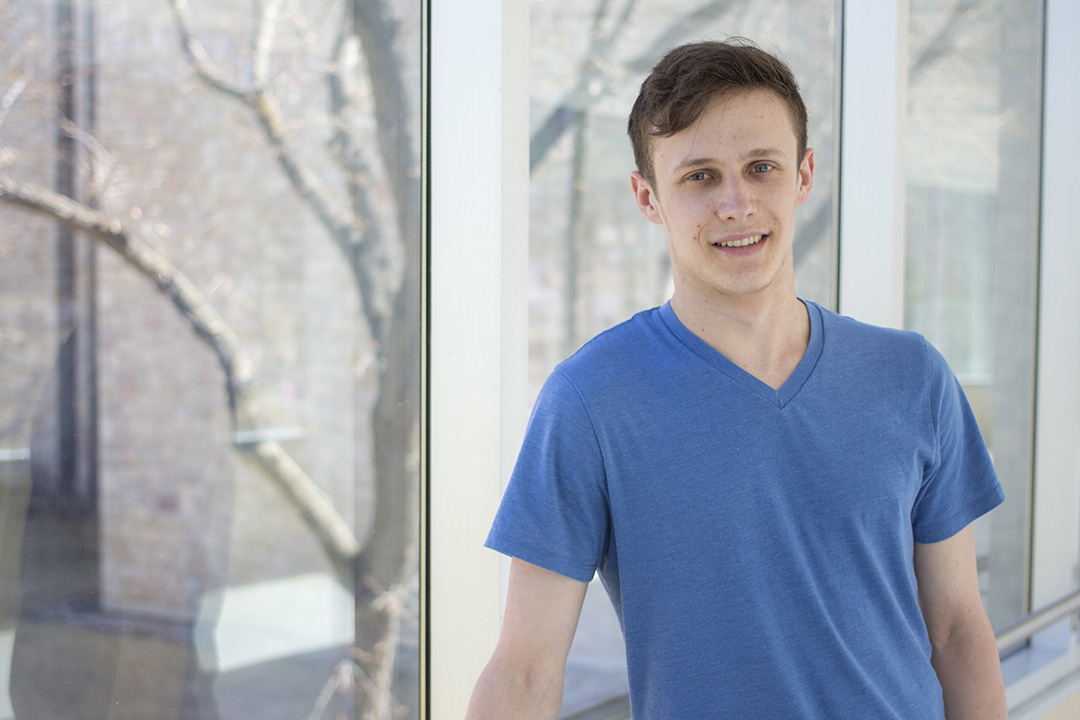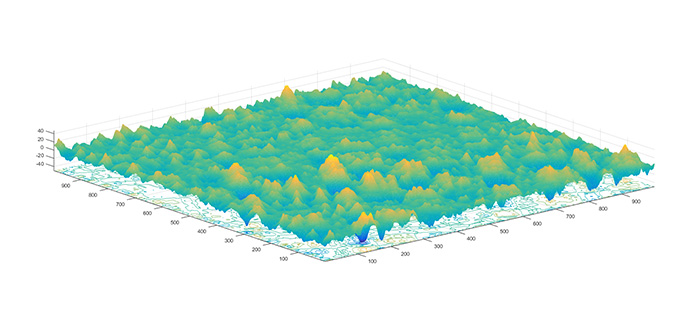
U of S students win recognition in international math contest
A group of University of Saskatchewan students distinguished itself in the world’s largest undergraduate mathematical modeling contest this spring.
By Chris PutnamThe team of Liam Gray, Skylar Koroluk and Bion Larson was one of only two Canadian groups named a meritorious winner in the 34th annual Mathematical Contest in Modeling hosted online by the Consortium for Mathematics and its Applications. The students’ performance put them in the top 10 per cent of more than 10 thousand participating teams from around the world.
“I think I speak for all three of us when I say that I am really blown away by these results. We were all only in third year during this competition, so we went in treating it as a learning opportunity more than anything,” said Gray, who is working towards degrees in both engineering physics through the College of Engineering and applied mathematics through the College of Arts and Science.
Koroluk and Larson are both studying in the College of Engineering. Their team, along with a second U of S team, was mentored in the competition by Professor Alexey Shevyakov and sponsored by the Department of Mathematics and Statistics.
Results from the contest were announced on April 20, 2018.
The students worked, ate and slept on campus during the four intense days of the competition in mid-February, said Gray. From a choice of three real-world mathematical problems, Gray and his teammates decided to focus on a problem involving the transmission of a radio signal over a long distance. They were challenged to model the changes to the signal as it bounced between the Earth’s surface and the upper atmosphere.

A huge number of variables had to be considered in approaching the scenario, particularly when it came to modeling the signal’s interaction with a turbulent ocean. The students’ solution was to create a 3D computer simulation of one square kilometer of ocean surface.
In the team’s model, explained Gray, “a bunch of particles are fired at the surface from a set angle, representing a signal coming from somewhere. We then look at what direction each particle is reflected at relative to where it came from, and how much power was lost at each point.”
The team’s results earned them the rank of meritorious winner, below only the handful of teams ranked as finalists and outstanding winners.
“I feel really pleased with the hard work of both teams,” said Shevyakov, whose advisor role involved helping the two U of S teams prepare for the contest. He noted that the level of competition among the thousands of participating teams is exceptionally fierce.
“They are not just average teams, but ones made up of [the] best students, who have trained specifically for that.”
Gray, Koroluk and Larson are the first U of S students to earn a meritorious winner designation in the Mathematical Contest in Modeling since 2013. In 2005, one U of S team received the top rank of outstanding winner among a pool of 664 competitors.

